Healthy Foliage
andreark
10 years ago
Related Stories

TREESHow to Buy Healthy Trees and Shrubs
A healthy young plant with a strong form is more likely to do well in your yard. Here’s what to look for at the nursery
Full Story
GARDENING GUIDESHow to Keep Your Citrus Trees Well Fed and Healthy
Ripe for some citrus fertilizer know-how? This mini guide will help your lemon, orange and grapefruit trees flourish
Full Story
HOUSEPLANTS8 Essentials for Healthy Indoor Plants
Houseplants add so much to our homes — and can thrive when grown in the right conditions. Keep these tips in mind
Full Story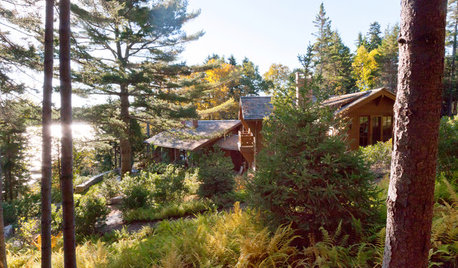
GARDENING AND LANDSCAPINGSublime Coastal Woods Gain a Healthy New Foothold in Maine
Erosion was threatening, and much of the wildlife had fled. See how a homeowner and her landscape architect drove back the danger
Full Story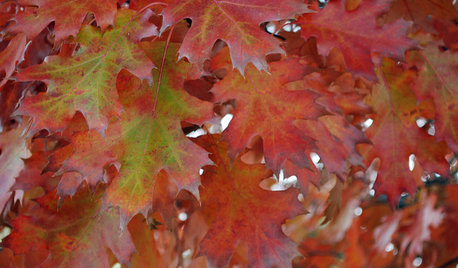
GARDENING GUIDES6 Healthy Ways to Handle Fallen Leaves
Once nature's beautiful bounty is spent, these ecofriendly strategies for leaves will put your yard in the clear
Full Story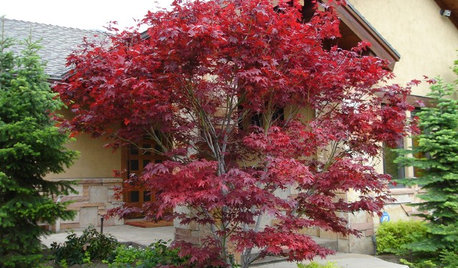
GARDENING GUIDES8 Plants Bursting With Beautiful Fall Foliage
Luscious berries, rich crimson leaves and stellar stalks show that nary a flower is needed for enthralling autumn gardens
Full Story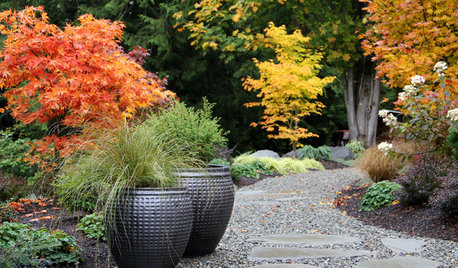
PLANTING IDEASGreat Garden Combo: Fall Foliage With a Contemporary Twist
This fiery autumnal display relies on simplicity and ample spacing to create a distinctive panorama
Full Story
TREES11 Japanese Maples for Breathtaking Color and Form
With such a wide range to choose from, there’s a beautiful Japanese maple to suit almost any setting
Full Story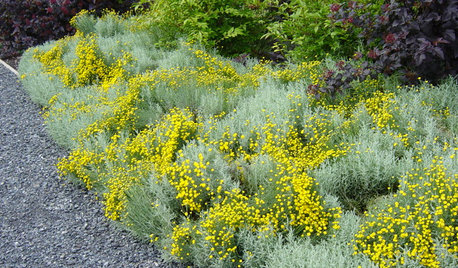
SUMMER GARDENINGGreat Design Plant: Lavender Cotton
Sun-loving santolina can take the summer heat, brightening up any garden style with bursts of yellow blossoms
Full Story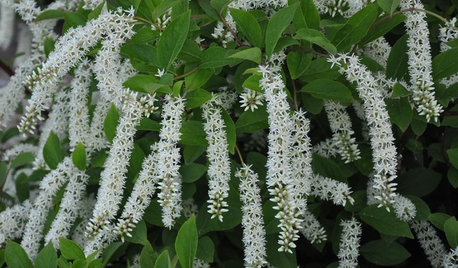
RED FOLIAGEGreat Design Plant: 'Little Henry' Sweetspire
Small in stature but big on impact, this fuss-free shrub promises spring flowers, fiery fall color and good manners in the garden
Full Story






diane_nj 6b/7a
andrearkOriginal Author
Related Professionals
Wrentham Landscape Architects & Landscape Designers · Deer Park Landscape Architects & Landscape Designers · Quincy Landscape Architects & Landscape Designers · Redondo Beach Landscape Architects & Landscape Designers · Tomball Landscape Architects & Landscape Designers · Alamo Landscape Contractors · Hayden Landscape Contractors · Huntington Landscape Contractors · Lancaster Landscape Contractors · Riverview Landscape Contractors · Roseville Landscape Contractors · Salem Landscape Contractors · South Farmingdale Landscape Contractors · Four Corners Landscape Contractors · Shafter Landscape Contractorsdan_keil_cr Keil
roseseek
andrearkOriginal Author
zack_lau z6 CT ARS Consulting Rosarian
michaelg
andrearkOriginal Author
dublinbay z6 (KS)
diane_nj 6b/7a
andrearkOriginal Author
roseseek
andrearkOriginal Author
michaelg
roseseek
andrearkOriginal Author
roseblush1
roseseek
andrearkOriginal Author
roseseek
Kippy
roseseek
Kippy
andrearkOriginal Author
andrearkOriginal Author
roseseek